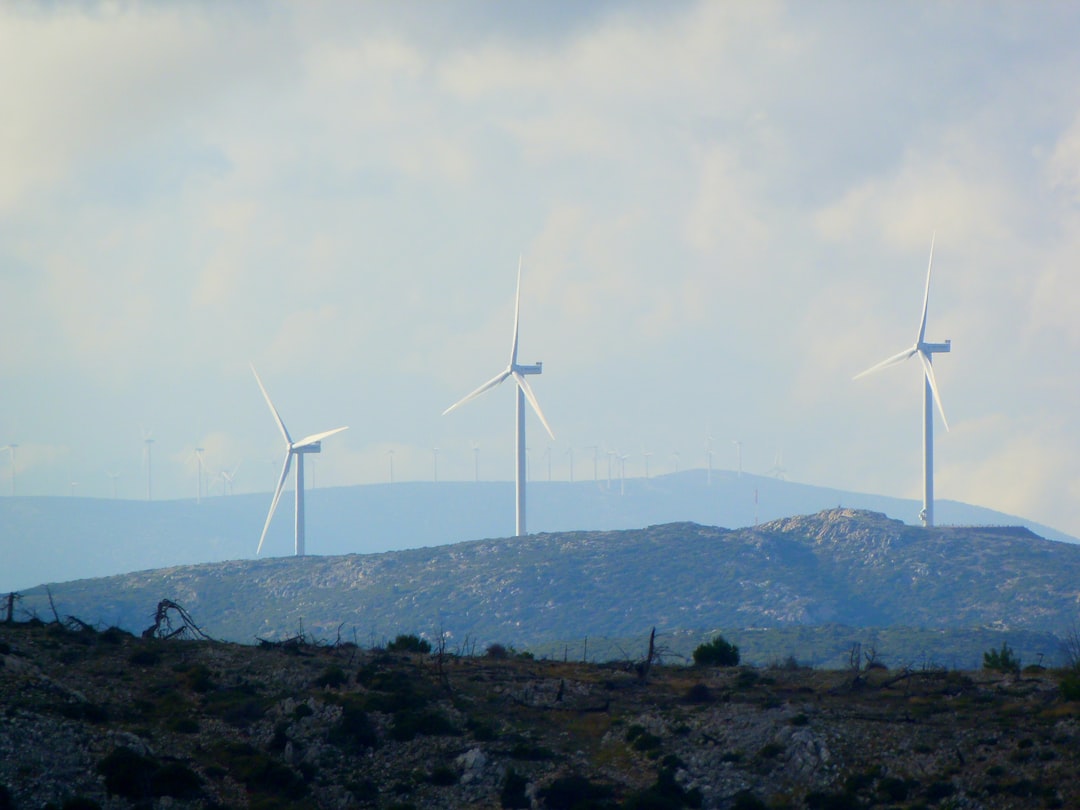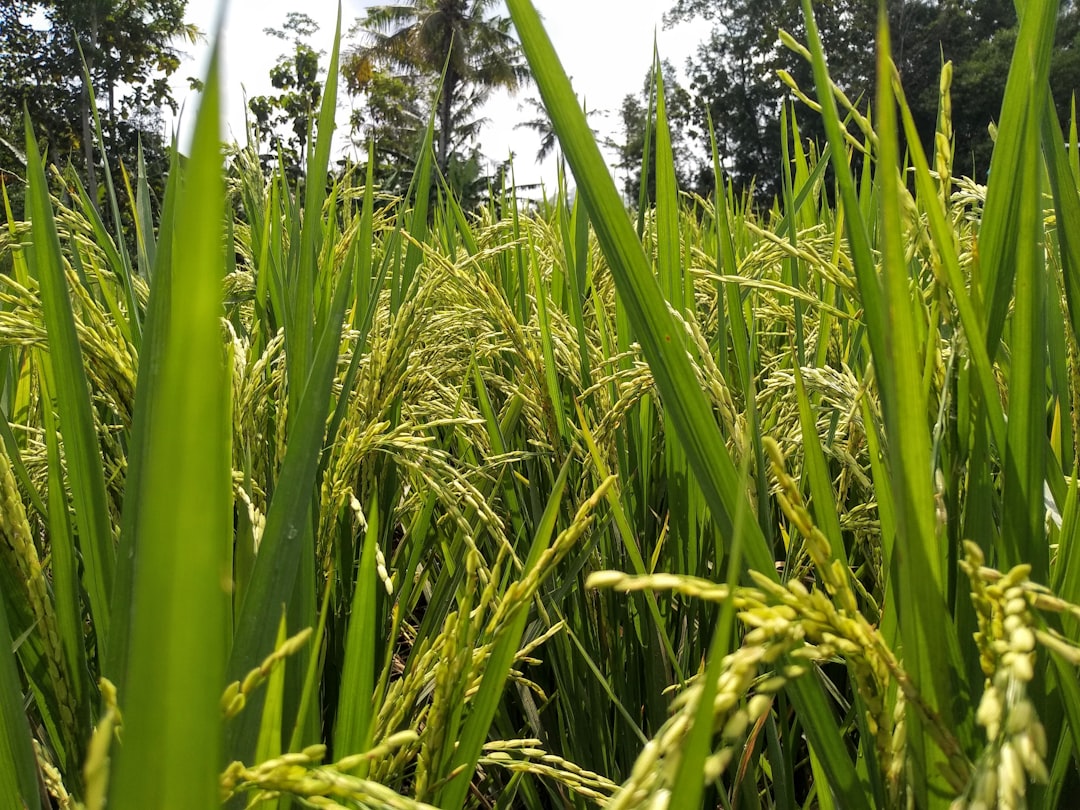What is it about?
Mammals in the African savanna change water bodies when they visit them to drink. The resulting waters are highly diverse and serve as spawning grounds for amphibians and other animals. The change of the amphibian community in the West African savanna after the decline of the mammals was investigated. It was found that some amphibian species have hardly been affected in their abundance, while others have become rare or have disappeared completely.
Featured Image

Photo by Leon Pauleikhoff on Unsplash
Why is it important?
Most amphibian species of the West African savanna prefer special microhabitats in their spawning waters. If these are lost, only some species are able to switch to other microhabitats. Highly specialized species become extinct. Presumably, however, the decline of some species is not solely due to structural changes in the spawning waters.
Perspectives
The consequences of intensive hunting of large mammals in Comoe National Park in the West African savannah due to civil war are not limited to the loss of these mammals and thus a lack of attractiveness of this area for tourists but also the degradation of the whole ecosystem. In this work, the consequences on the amphibian community could be highlighted. However, the impact on many other animal and plant species is very likely. It is also interesting to see if these changes are reversible. Some mammal species appear to be re-entering the study area from refugia. To what extent this will affect the amphibian community and on what time scale will hopefully be investigated by a follow-up project.
Marko Spieler
Forschungsinstitut und Museum Alexander Koenig
Read the Original
This page is a summary of: Savanna vegetation increase triggers freshwater community shifts, Global Change Biology, September 2022, Wiley,
DOI: 10.1111/gcb.16423.
You can read the full text:
Contributors
The following have contributed to this page










